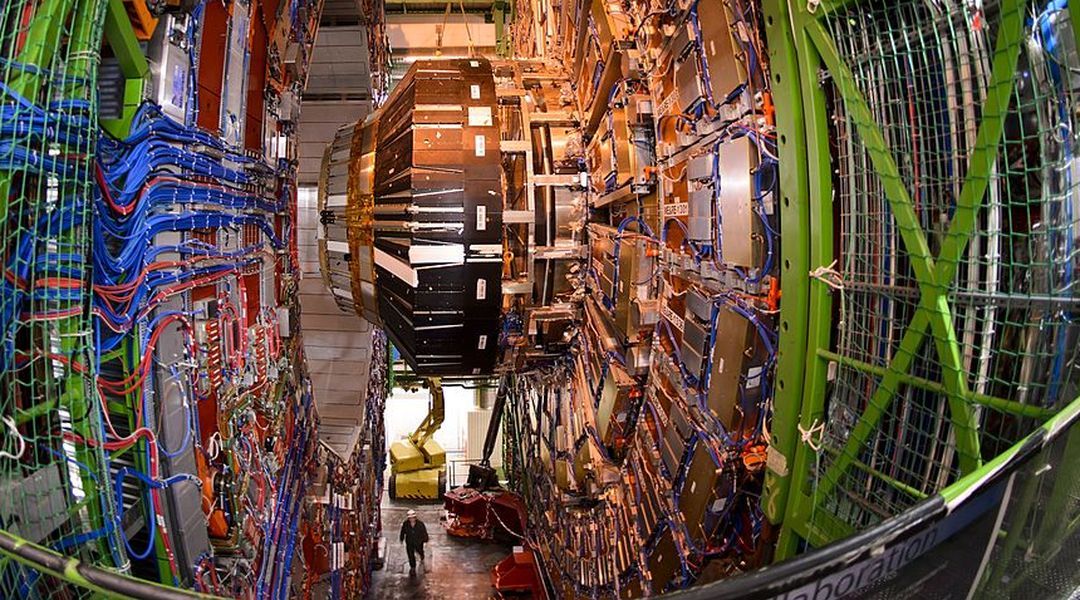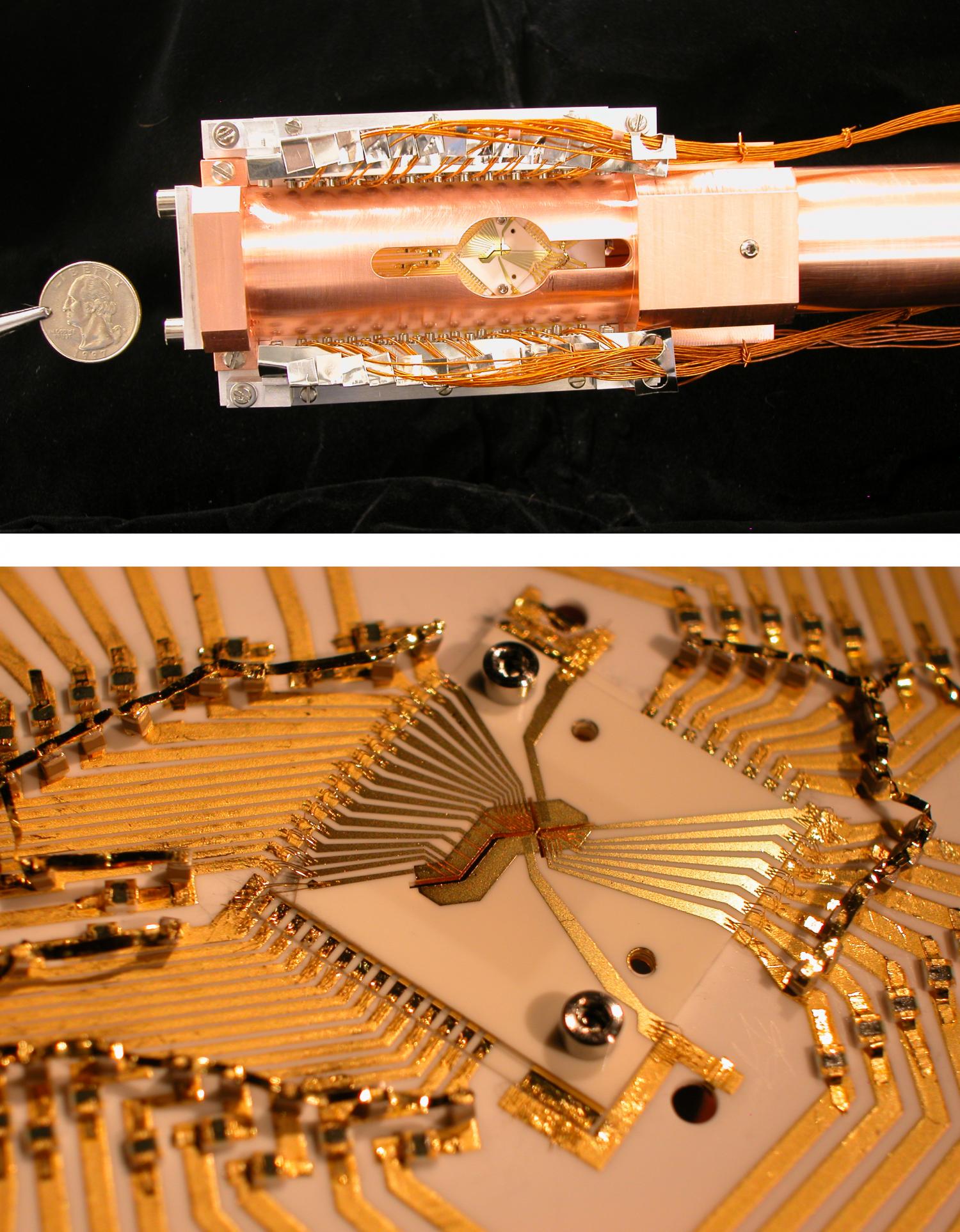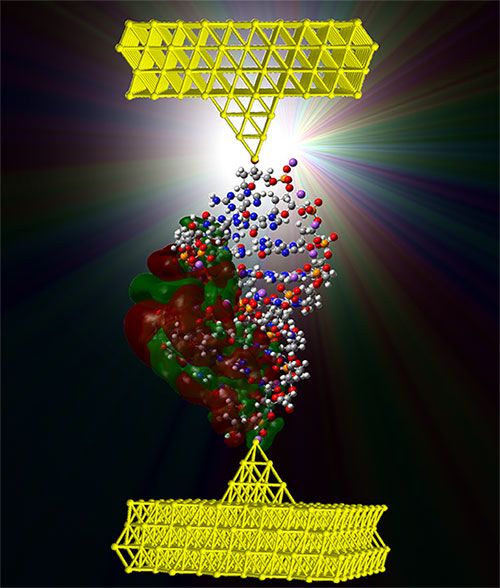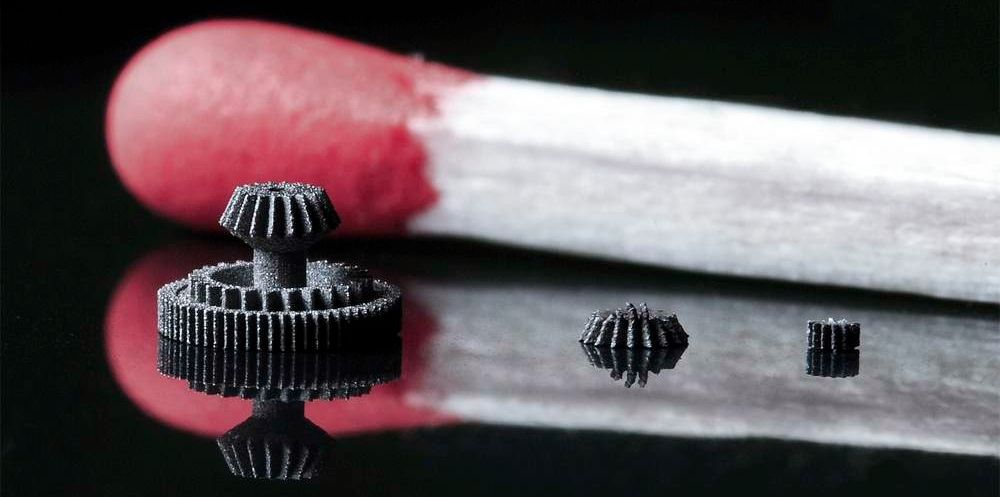Page 11569
Dec 16, 2015
Akamai: Global average Internet speed grew 14% to 5.1 Mbps, only 5.2% of users have broadband
Posted by Shailesh Prasad in category: internet
Here are the top 10 countries with the fastest Internet.
Global average connection speeds rose 14 percent year over year to 5.1 Mbps in Q3 2015. Unfortunately, just over 5 percent of users now have broadband speeds of at least 25.0 Mbps. The latest figures come from Akamai, which today published its quarterly State of the Internet Report for Q3 2015.
The firm found 126 countries experienced an increase in average connection speeds year over year, ranging from 0.2 percent in Japan to a 147 percent rise in Congo (the only country to see average connection speeds more than double from the previous year). Nineteen countries saw their average connection speeds decrease year over year, with losses ranging from 0.6 percent (to 1.8 Mbps) in Namibia to 64 percent (to 1.3 Mbps) in Sudan.
Dec 16, 2015
Team adds to quantum computing toolkit with mixed-atom logic operations
Posted by Andreas Matt in categories: computing, particle physics, quantum physics
Physicists at the National Institute of Standards and Technology (NIST) have added to their collection of ingredients for future quantum computers by performing logic operations—basic computing steps—with two atoms of different elements. This hybrid design could be an advantage in large computers and networks based on quantum physics.
The NIST experiment, described in the Dec. 17 issue of Nature, manipulated one magnesium and one beryllium ion (charged atom) confined in a custom trap (see photo). The scientists used two sets of laser beams to entangle the two ions—establishing a special quantum link between their properties—and to perform two types of logic operations, a controlled NOT (CNOT) gate and a SWAP gate. The same issue of Nature describes similar work with two forms of calcium ions performed at the University of Oxford.
“Hybrid quantum computers allow the unique advantages of different types of quantum systems to be exploited together in a single platform,” said lead author Ting Rei Tan. “Many research groups are pursuing this general approach. Each ion species is unique, and certain ones are better suited for certain tasks such as memory storage, while others are more suited to provide interconnects for data transfer between remote systems.”
Dec 16, 2015
Enormous Christmas Eve Asteroid Sparks Fears: ‘Potentially Hazardous’ Space Rock Could Cause Earthquakes, Wake Dormant Volcanoes
Posted by Sean Brazell in category: space
Merry Christmas, my friends. wink
A massive asteroid flying by Earth on 2015 Christmas Eve has scientists on edge. While NASA is downplaying the threat to human life and property, conspiracy theorists and several experts say space rock 2003 SD220 is larger than believed and has the potential to cause deadly earthquakes and eruptions from dormant volcanoes.
According to a Sun report, the Christmas Eve asteroid is one of at least 10 rocky bodies in space that are considered “potentially hazardous” to Earth. According to an internal report, NASA officials say it measures about 1.5 miles wide and is moving at 5 miles per second.
Dec 16, 2015
Will this DNA molecular switch replace conventional transistors?
Posted by Klaus Baldauf in categories: biotech/medical, computing, nanotechnology
A model of one form of double-stranded DNA attached to two electrodes (credit: UC Davis)
What do you call a DNA molecule that changes between high and low electrical conductance (amount of current flow)?
Answer: a molecular switch (transistor) for nanoscale computing. That’s what a team of researchers from the University of California, Davis and the University of Washington have documented in a paper published in Nature Communications Dec. 9.
Dec 16, 2015
Report: Google to Take on Uber With Self-Driving ‘Rides for Hire’
Posted by Shailesh Prasad in categories: robotics/AI, transportation
Google is reportedly planning to spin off its self-driving car division and offer autonomous taxi rides.
Dec 16, 2015
Facebook Open Sources All its Artificial Intelligence Hardware
Posted by Shailesh Prasad in categories: computing, robotics/AI
Facebook announced that its latest artificial intelligence (AI) server designs will be made open source, continuing on the company’s course of letting others share new hardware designs, which it began back in 2011. Codenamed Big Sur, the server is designed to train the newest class of deep learning AI that mimic the human brain’s neural pathways.
Dec 16, 2015
VisionTek’s new Pocket SSD delivers PC-sized storage in a flash drive-sized package
Posted by Shailesh Prasad in categories: computing, electronics
VisionTek’s new USB 3.0 Pocket SSD slips into your pocket, but it’s faster than the hard drive in your PC—and just as spacious.
Dec 16, 2015
3D MicroPrint: Laser Sintering Technology to 3D Print Tiny Metal Parts
Posted by Shailesh Prasad in categories: 3D printing, biotech/medical, transportation
3D MicroPrint is a new micro laser sintering technology for small, precise metal parts: ideal for automotive, medical and jewelery applications.
A new company dubbed 3D MicroPrint has unveiled a new micro laser sintering technology (MLS) for 3D printing tiny metal components for potential applications in industries like watchmaking, cars, and medicine.
The enterprise is a collaboration between two companies based in Germany: 3D-Micromac AG, a provider of laser micromachining systems, and EOS GmbH, an e-Manufacturing group.
Dec 16, 2015
When Zoltan Istvan met John McAfee: Watch US presidential candidates discuss life and immortality
Posted by Zoltan Istvan in categories: geopolitics, life extension
A video done with some humor–part of the Immortality Bus tour:
IBTimes UK captures the moment presidential candidates John McAfee and Zoltan Istvan met for the first time.
















